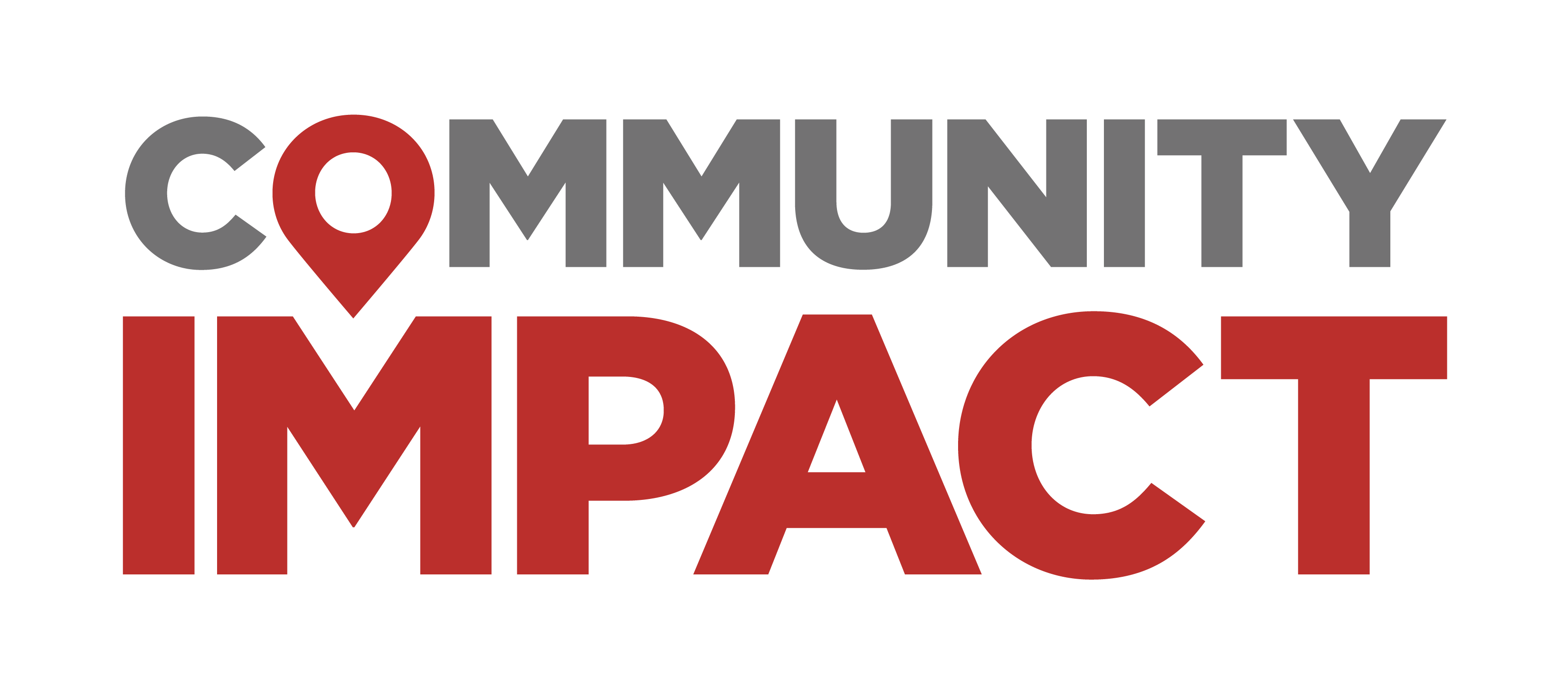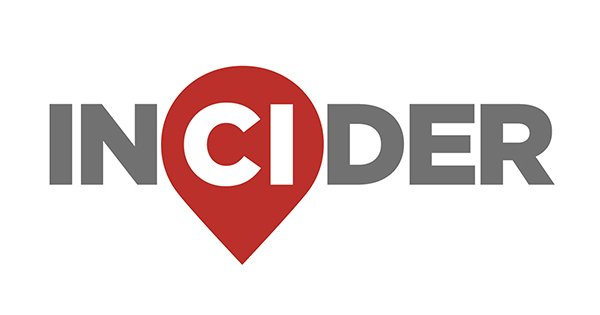Officials also said they will need more time to address challenges with environmental controls and life support systems ahead of the mission.
What you need to know
The new timeline for the Artemis II campaign is April 2026, NASA officials announced Dec. 5. For Artemis III, officials are aiming for mid 2027.
Those timelines push back both missions by roughly half a year from what officials considered the earliest possible date for each. Prior to the announcement, the Artemis II campaign was set for no earlier than September 2025, Community Impact previously reported. Artemis III was scheduled for no earlier than September 2026.
As part of the announcement, officials with NASA gave an update on investigations into the Orion spacecraft heat shield, which was used during the Artemis I mission in 2022 and is set to be used for Artemis II.
Artemis II will consist of a crewed spacecraft orbiting around the moon, while Artemis III will involve landing on the moon’s lunar south pole, where officials believe there is frozen water, according to NASA’s website.
If successful, Artemis III will be humanity’ first return to the moon’s surface in more than 50 years.
Diving in deeper
Officials in a Dec. 5 news release said during the Artemis I test launch, the Orion spacecraft heat shield had an “unexpected loss of charred material during re-entry,” which NASA Administrator Bill Nelson at a Dec. 5 news conference described as having “performed in unexpected ways."
This prompted what Nelson called “extensive testing” by officials and experts across the country to see why it happened and how it could affect astronauts in the spacecraft.
The findings, reported at the news conference, found the loss of material happened because the heat shield did not allow for enough gases, called Avcoat, generated in the shield to escape, according to the release. Avcoat is meant to protect and help regulate heat.
Despite this, data shows the temperature inside the Orion remained comfortable and safe, meaning had a crew been onboard, they would have not had issues with heat, according to the release.

What it means
Nelson announced at the news conference NASA officials have opted to move forward with the current Orion capsule and heat shield already planned for Artemis II, but will modify Orion’s trajectory as it re-enters earth’s atmosphere to lessen the heat.
That, combined with issues identified earlier in the year with life support systems that are planned for the mission caused officials to push back the timeline, Nelson said.
“We need to get this [Artemis II] test flight right to ensure the success of our return to the moon and then return safely to earth in order for the rest of the Artemis campaign to proceed,” Nelson said at the press conference.
How we got here
The Artemis campaign is a series of missions that will take humans back to the moon for the first time in more than 50 years, according to NASA.
Artemis I, which was the first of four missions, launched in November 2022 and lasted for about a month, timelines from NASA show. The launch was an uncrewed flight to test how new equipment would do going to the Moon.
The last mission in the series will be Artemis IV, which will involve the world’s first lunar space station, Gateway, Community Impact has previously reported. Officials have long said Gateway will pave the path for humans to make it to Mars. However, no official timeline has been established for Artemis IV.
While the missions won’t launch from the Bay Area, officials have said they will be headquartered and run from NASA’s Johnson Space Center.
What else?
Nelson stressed at the conference that all partners involved in the mission must have a “shared sense of urgency” in carrying out the missions. He added that China is looking to land on the moon by 2030. However, he added China not planning to land humans on the lunar south pole.





